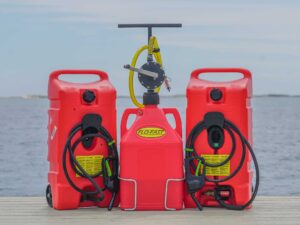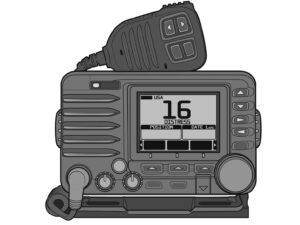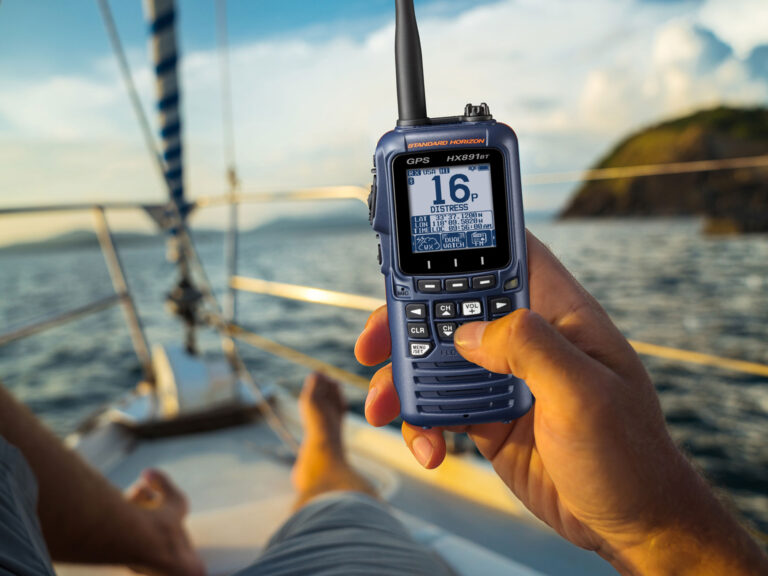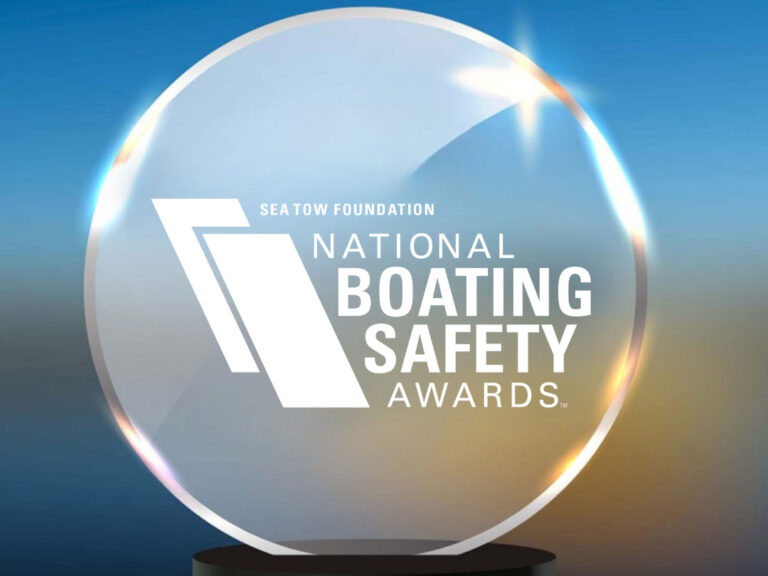
Mastering a tow sport is every enthusiast’s dream, including mine as a coach. But here’s the catch: Rushing through the learning process won’t cut it.
When first learning, making fewer attempts is better. Experiencing multiple failed attempts in a short time frame often leads to frustration, a loss of confidence, and even giving up. To achieve success quickly, focus on disciplining your thinking to work methodically toward your goal, with realistic expectations. Here’s how.
Relax
When coaching tow sports, I’ve observed two mindsets that significantly impede progress: apprehension stemming from the fear of trying something new, falling, or appearing foolish, and an overly intense focus on achieving the desired goal. In both scenarios, individuals tend to have tense body language, particularly in the upper body. This tension leads to using strength in the wrong areas of your body.
Students often wrongly think that they don’t have the balance or strength to accomplish the start or trick. When coaching, I barefoot water-ski with just one finger of each hand holding the handle in order to demonstrate how using correct technique requires less total body strength.
The learner has the strength and balance. They are just putting it in the wrong areas of their body. Get them to relax and enjoy the process.
Set Goals
To master any watersport, develop a plan for success that focuses on understanding the body position and technique required to do a start or trick before you go near the water. By doing so, you have something to focus on that will help you achieve the goal instead of worrying about failure or rushing.
This approach can be done in several ways: getting coaching, reading instructional articles, or watching instructional how-to videos and seeing others do the trick either on video or in person. Once you know the basics, first practice on land to develop an increased understanding and muscle memory of the trick.
The better you know the body position and technique, the less apprehension you will have, which means less tension in your body. For beginners learning to do a start on a ski or board, have someone experienced with tow sports in the water next to you to make sure you are in the right starting position.
Read Next: Three Keys for Tow-Sports Safety
Have Patience
Instead of thinking of the result, focus on the basics required for the sport. I often tell students to focus on achieving one element of the start or trick, and that the goal at first is to do just that one element. For example, when someone is learning to get up on skis or a wakeboard, I will put the boat in idle and let the beginner hold the start position. This incremental way of learning takes the pressure off trying to succeed.
Seeing is Believing
Another excellent technique to show a student that they are trying to force a start or trick is to shoot video of them. Zoom in on the student’s body—especially arms, chest, and face—to get a view of facial expressions and muscle tension. If the student is straining as if they are about to bench-press 500 pounds, that means they are using unneeded muscle strength to force the end result.
These techniques change your mindset from focusing on failure or forcing the goal to one that allows for a calm focus on technique and learning. By implementing this strategy, you will not only achieve success, but also do so with fewer attempts. And that is the smart way of learning any tow sport.









